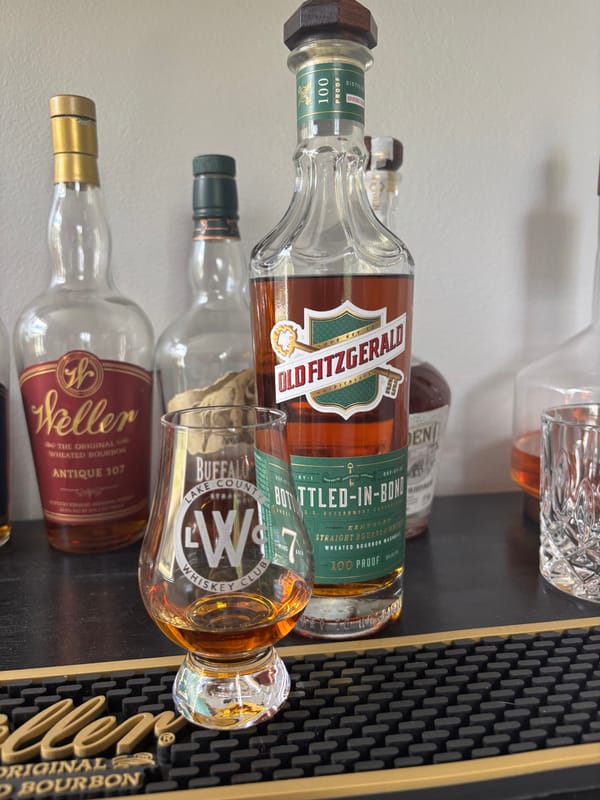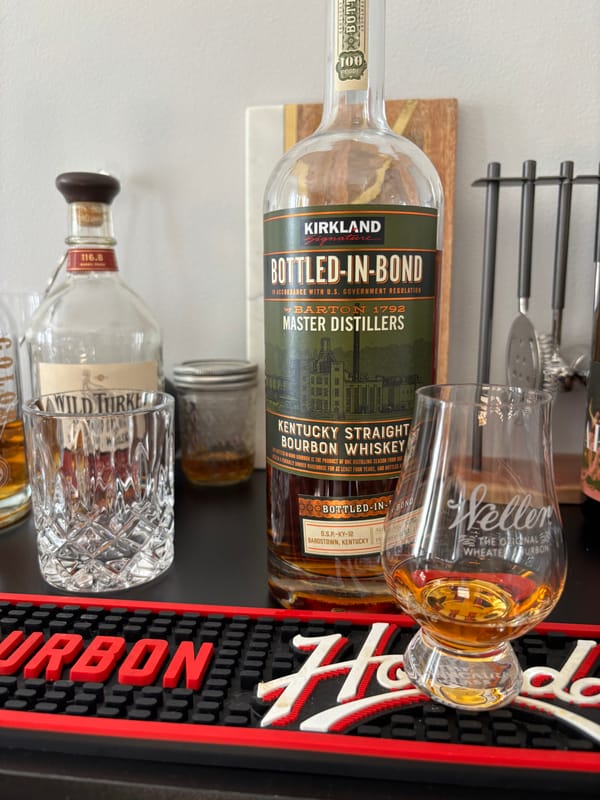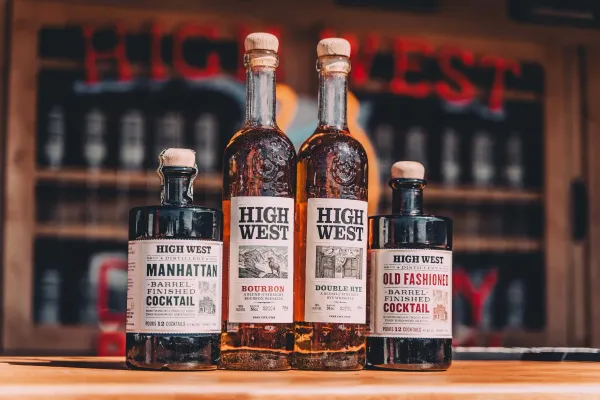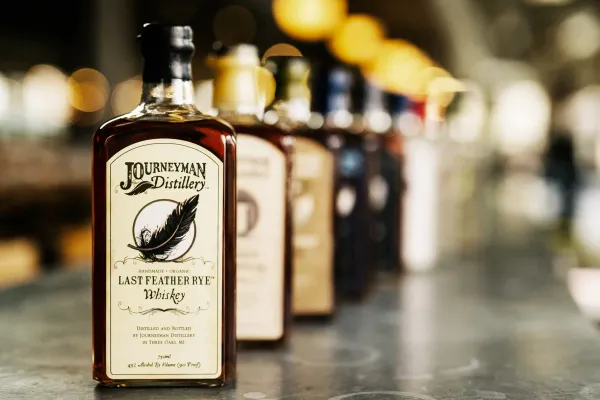How Is Bourbon Distilled? The Process That Turns Grain to Gold

Bourbon Distillation Demystified
Distillation sounds like alchemy, but it’s how bourbon goes from mash to magic. This step defines strength and purity, and it’s simpler than you think. Here’s how bourbon’s distilled, what happens, and why it’s the heart of your bottle.
The Essentials of Bourbon Distillation
The bourbon starts as a fermented mash—the main thing to know here is that it contains 51% corn minimum, and it will be distilled to no more than 160 proof (80% ABV), per U.S. law. Most distillers use Column stills and distill the whiskey to a pretty high proof, good ole Jim Beam hits 135 before barreling. Distillation is big business too, in 2022 Kentucky pumped out 2.6 million barrels.
The Distillation Process Step-by-Step
Distillation transforms the fermented mash into bourbon’s raw spirit, concentrating alcohol and refining flavors in a carefully controlled process. After fermentation, the mash reaches an alcohol content of 8-10% ABV, resembling a rough, grainy beer. At this stage, the yeast—having converted the mash’s sugars into alcohol and carbon dioxide over three to five days—begins to die off due to the rising alcohol levels and depleting nutrients, signaling the start of distillation, according to Craft Spirits Magazine (2021). This critical step separates the alcohol from water, solids, and unwanted compounds, setting the foundation for bourbon’s character.
Most bourbon distilleries rely on column stills, tall stainless-steel towers that enable continuous distillation—a method that’s both efficient and high-volume. The fermented mash, known as wash, enters the still and is heated to around 200°F. As the temperature rises, ethanol, with a lower boiling point (173°F) than water (212°F), vaporizes first and ascends through the column’s perforated plates. These vapors cool and condense near the top, collecting as a distillate with an alcohol strength of 60-70% ABV, referred to as the "hearts"—the clean, desirable portion of the run, per Whisky Advocate (2022). The process isn’t perfect, though—early vapors, called "heads," carry harsh, volatile compounds like methanol, while the later "tails" contain oily, heavier fusel oils. Skilled distillers cut these out, discarding them to ensure only the hearts make it to the barrel. Knob Creek ($35), bottled at 100 proof after aging, exemplifies this refinement, drawing rich oak and spicy notes from its distillate—a quality that earned it a gold medal at the 2022 San Francisco World Spirits Competition, per Breaking Bourbon (2023).
While column stills dominate—handling the bulk of Kentucky’s 2.6 million barrels produced in 2022, according to the Kentucky Distillers’ Association—some bourbon makers opt for pot stills, a less common, batch-style approach. Pot stills, typically copper and rounded like giant kettles, distill in smaller volumes, requiring two or three runs to reach bourbon’s legal maximum of 160 proof (80% ABV), per U.S. Code 27 CFR § 5.22. This method used more in craft distilleries or for specialty batches, retains more grain character but sacrifices efficiency—each batch must be manually restarted, per The Whiskey Wash (2021). Though pot stills are rare in bourbon compared to Scotch, they offer a hands-on contrast to the continuous flow of column stills, shaping a spirit that’s often denser and more artisanal.
This dual approach—column for scale, pot for craft—highlights distillation’s role as bourbon’s flavor gatekeeper, balancing purity and personality before the spirit ever touches oak. Whether it’s the smooth efficiency of a column still or the deliberate pace of a pot still, this process ensures the raw distillate, or "white dog," is ready for aging, where it’ll pick up 70% of its final taste, per Breaking Bourbon (2021).
How It Shapes Bourbon Flavor
Distillation strength plays a pivotal role in shaping bourbon’s flavor profile, determining how much of the grain’s character survives into the final spirit. When bourbon is distilled to a higher proof, such as 150 proof (75% ABV), the process strips away more of the mash’s natural flavors—think corn’s sweetness or rye’s spice—leaving a cleaner, lighter distillate that leans heavily on barrel aging for taste, according to Breaking Bourbon (2021). Conversely, a lower distillation proof, around 130 proof (65% ABV), preserves a richer array of grain notes, retaining subtle hints of the mash bill that mingle with oak influences later on. Buffalo Trace ($25), for instance, strikes a balanced approach—distilled to a moderate proof and bottled at 90 proof after aging 6-8 years in new charred oak barrels—allowing its signature caramel and oak flavors to stand out prominently, as noted in Breaking Bourbon’s 2022 tasting review. This careful calibration contributes to bourbon’s global appeal, with U.S. bourbon exports reaching $1.2 billion in 2023, per The Spirits Business, a testament to how distillation techniques underpin quality and consistency across the industry.
Why Distillation Matters to You
It’s bourbon’s backbone—know it, taste it. Curious about the process in action? Check out NEAT: Whiskey Finder—it’ll help you track down bourbon and whiskey near you.





